DApp Development
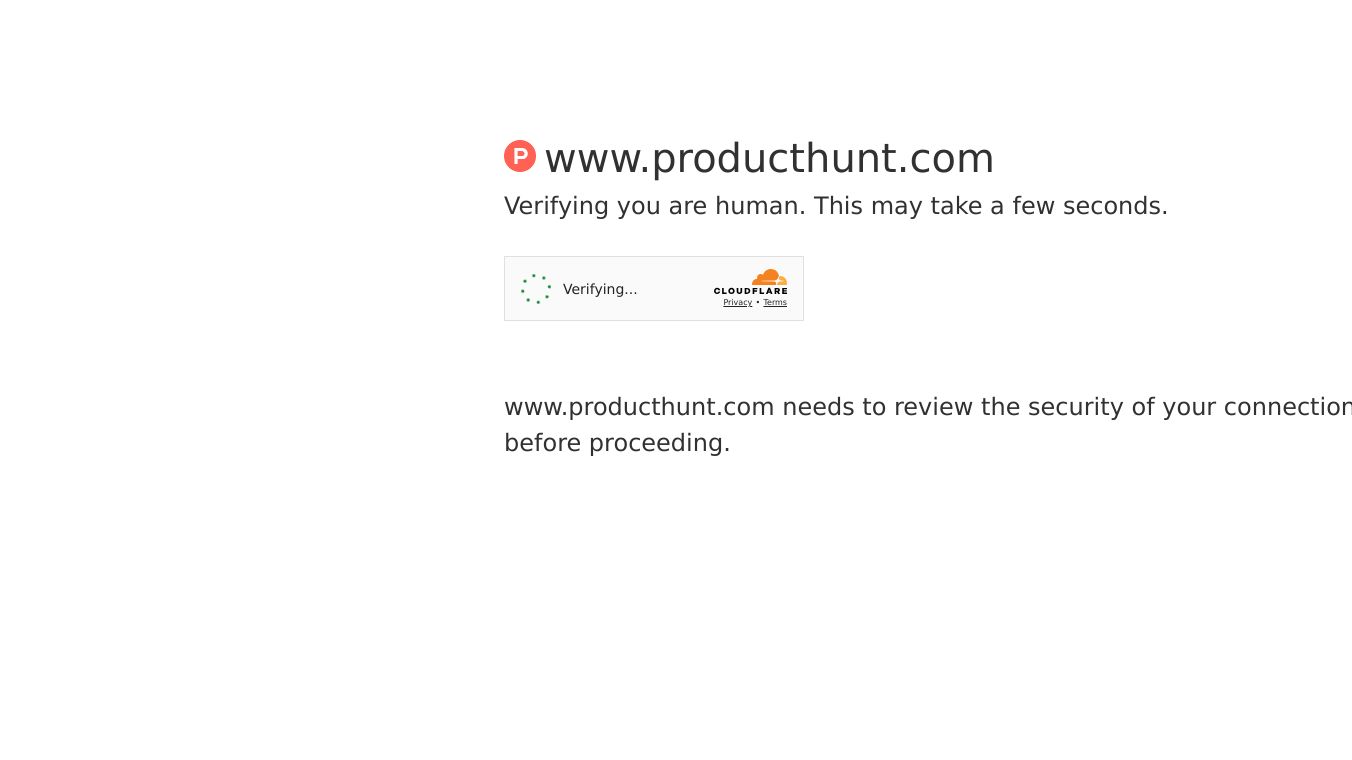
DApp Development
DApp development involves creating decentralized applications that run on a peer-to-peer network, enhancing security, transparency, and user control. These applications use blockchain technology and smart contracts to automate processes and remove intermediaries. DApps are open source, allowing public access to the codebase for modifications and contributions. This promotes collaboration and innovation within the developer community. Consensus mechanisms like Proof of Work (PoW) and Proof of Stake (PoS) help validate transactions and maintain the integrity of the blockchain in DApps.
Benefits
DApp development offers several key benefits:
- Security: DApps use blockchain technology, which distributes data across different nodes to prevent tampering and ensure integrity. This makes them more secure than traditional centralized applications.
- Transparency: All transactions and data in a DApp are recorded on the blockchain, making them transparent and verifiable by anyone.
- User Control: DApps remove the need for central authorities, giving users more control over their data and transactions.
- Automation: Smart contracts automate processes, enhancing performance and removing the need for intermediaries.
- Open Source: DApps are open source, promoting collaboration and innovation within the developer community.
- Decentralization: DApps run on a peer-to-peer network, ensuring that no single entity has control over the entire network.
Use Cases
DApp development can be used in various industries and applications, including:
- Finance: Decentralized finance (DeFi) applications allow users to conduct financial transactions without intermediaries, offering services like lending, borrowing, and trading.
- Healthcare: DApps can be used to store and manage medical records securely, ensuring patient data is tamper-proof and accessible only to authorized parties.
- Supply Chain: DApps can enhance transparency and traceability in supply chains, tracking the origin and journey of products.
- Voting: Decentralized voting systems can ensure fair and transparent elections, preventing fraud and manipulation.
- Gaming: DApps can create decentralized gaming platforms where users have true ownership of in-game assets.
- Social Media: Decentralized social media platforms can give users more control over their data and content.
Programming Languages
Different programming languages are used for DApp development, depending on the blockchain platform and specific requirements:
- Solidity: Used for crafting smart contracts on the Ethereum blockchain. It supports complex user-defined types, libraries, and inheritance.
- JavaScript/TypeScript: Used for front-end development and scripting interactions with smart contracts. Libraries like Web3.js, Ethers.js, and Truffle help interface with blockchain networks.
- Rust: Used for writing smart contracts on blockchains like Solana and Polkadot. It offers memory safety without a garbage collector and includes features like concurrency without data races.
- Vyper: Used to script smart contracts on the Ethereum blockchain. It is known for its simplicity and emphasis on security.
Example: Blockchain-Based Medical Record Storer
A decentralized blockchain-based medical record storer allows patients to store and delete their medical records using Ethereum. Patients connect their wallet to the application and can submit their patient forms and conduct transactions. The smart contract written in Solidity ensures secure and transparent storage of medical records.
Solidity Code
The Solidity code for the medical record storer includes functions to add, delete, and retrieve medical records. It uses smart contracts to automate the process and ensure the integrity of the data.
Deploy Script
The deploy script written in JavaScript deploys the smart contract to the Ethereum network. It connects to the Ethereum network using a signer and deploys the contract.
Seeding Script
The seeding script written in JavaScript adds sample medical records to the smart contract. It connects to the Ethereum network using a signer and adds records to the contract.
Frontend Part
The frontend part of the DApp includes several components:
- Alert.js: Displays alerts for pending actions, errors, and successful transactions.
- Data.js: Displays the list of medical records and allows users to delete records.
- Form.js: Allows users to submit their medical records.
- Navbar.js: Displays the navigation bar with the application name, network selector, and user account information.
- Option.js: Provides navigation options to switch between the form and data views.
- App.js: The main application component that loads the blockchain data and renders the navigation bar, options, and routes.
Store
The store part of the DApp includes several files:
- interactions.js: Contains functions to interact with the blockchain, including loading the provider, network, account, medical contract, and data. It also includes functions to submit records, delete data, and subscribe to events.
- reducer.js: Contains the reducers for the provider and medical contract. It handles the state of the application, including the provider connection, network, account, balance, and medical contract data.
- selector.js: Contains selectors to decorate and format the data for display in the application.
- store.js: Creates the Redux store and combines the reducers.
- App.test.js: Contains a test for the main application component.
- index.js: The entry point of the application that renders the main component.
Test
The test part of the DApp includes a test file for the medical record storer smart contract. It tests the deployment of the contract, adding records, and deleting records.
Additional Information
DApp development is a rapidly growing field with many opportunities for innovation and collaboration. The open-source nature of DApps promotes transparency and community involvement, making it an exciting area for developers and users alike.
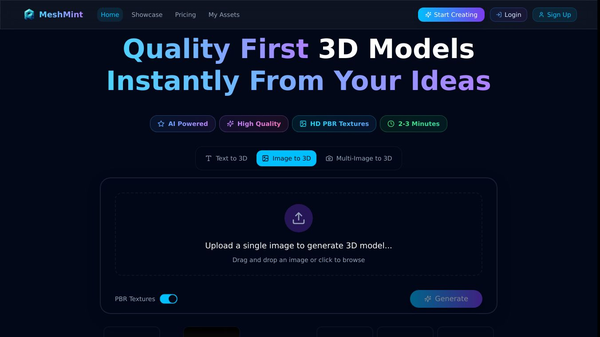
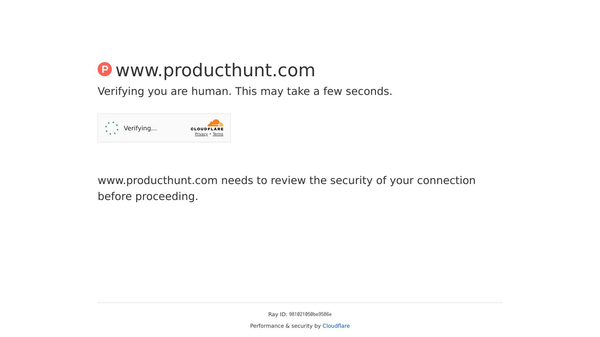
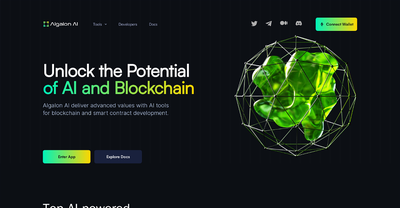
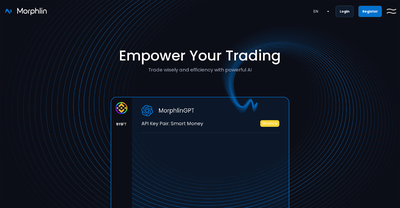
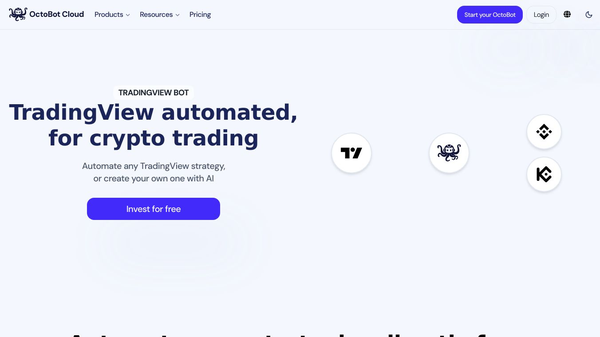
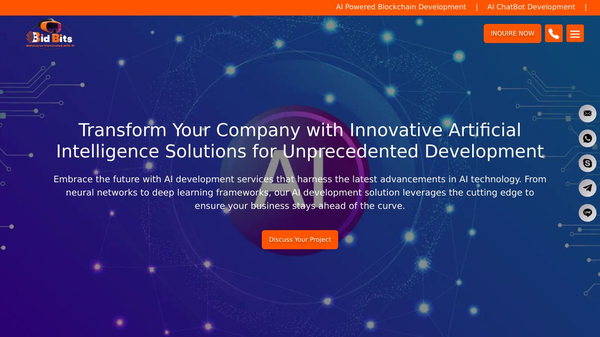
Comments
Please log in to post a comment.